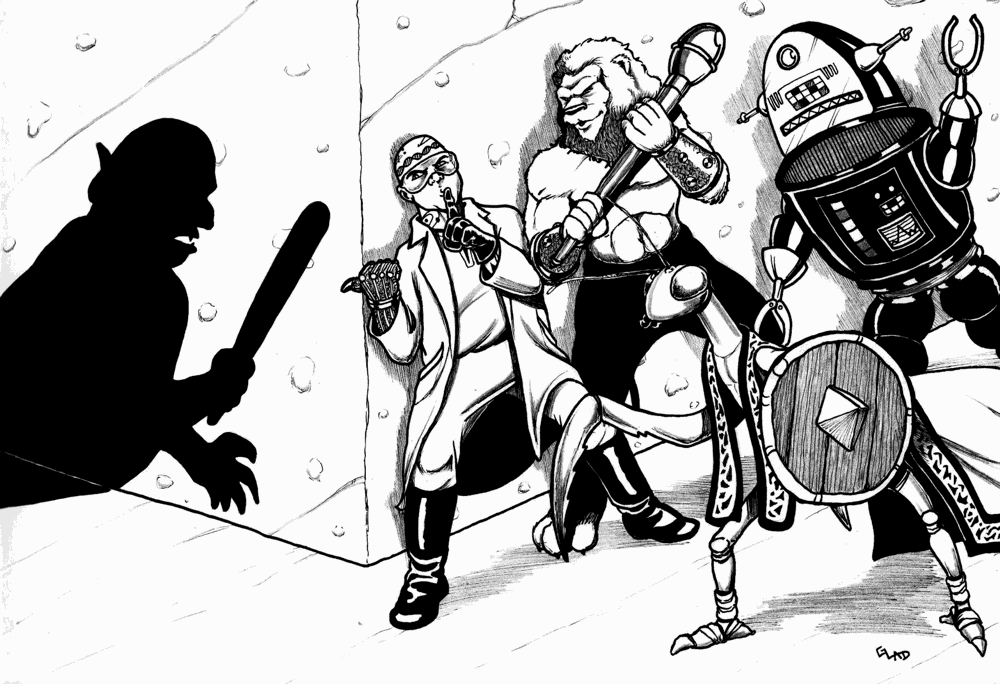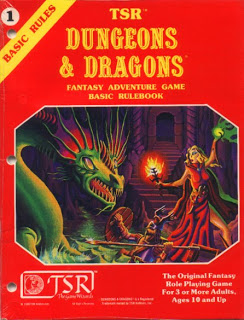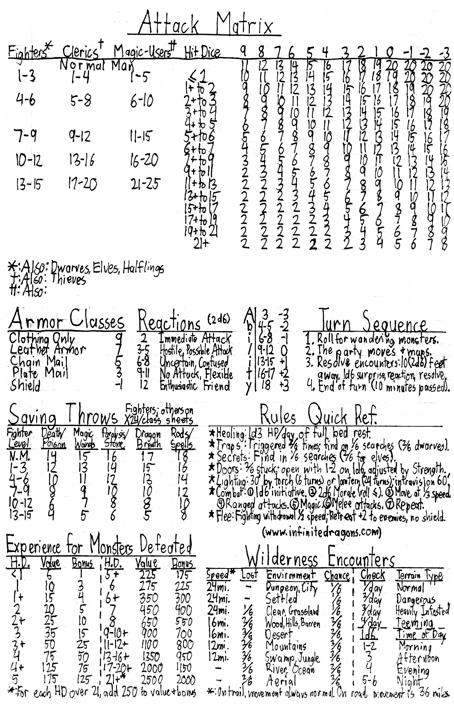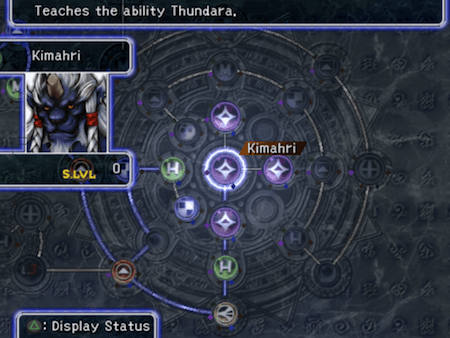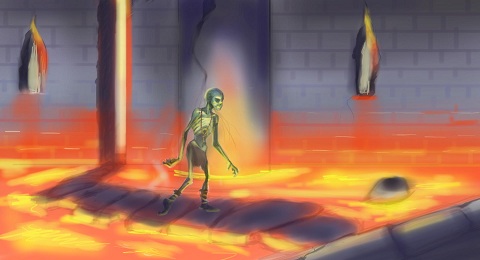Commonplace Book of OSR Quotes, Part 1
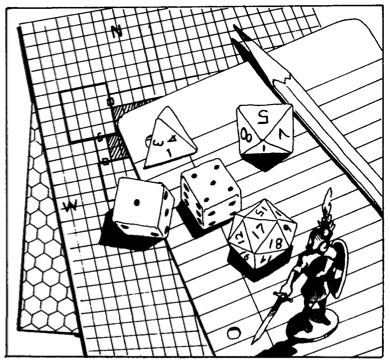
D&D is, after all, a truly unique invention, probably as remarkable as the die, or the deck of cards, or the chessboard. — J. Eric Holmes, Dragon Magazine Issue 52
One of my little habits is keeping a commonplace book. A commonplace book was essentially a medieval scrapbook; as Wikipedia puts it, commonplace books were idiosyncratic journals “filled with items of every kind: medical recipes, quotes, letters, poems, tables of weights and measures, proverbs, prayers, legal formulas. Commonplaces were used by readers, writers, students, and scholars as an aid for remembering useful concepts or facts they had learned.”
I keep my own “commonplace book” in a text file, filled with what I think are smart quotes about religion, politics, or whatever else I happen to be reading lately. And a big chunk of that is RPG quotes. Today, I thought I’d share part of my little collection with you.
Keep reading
